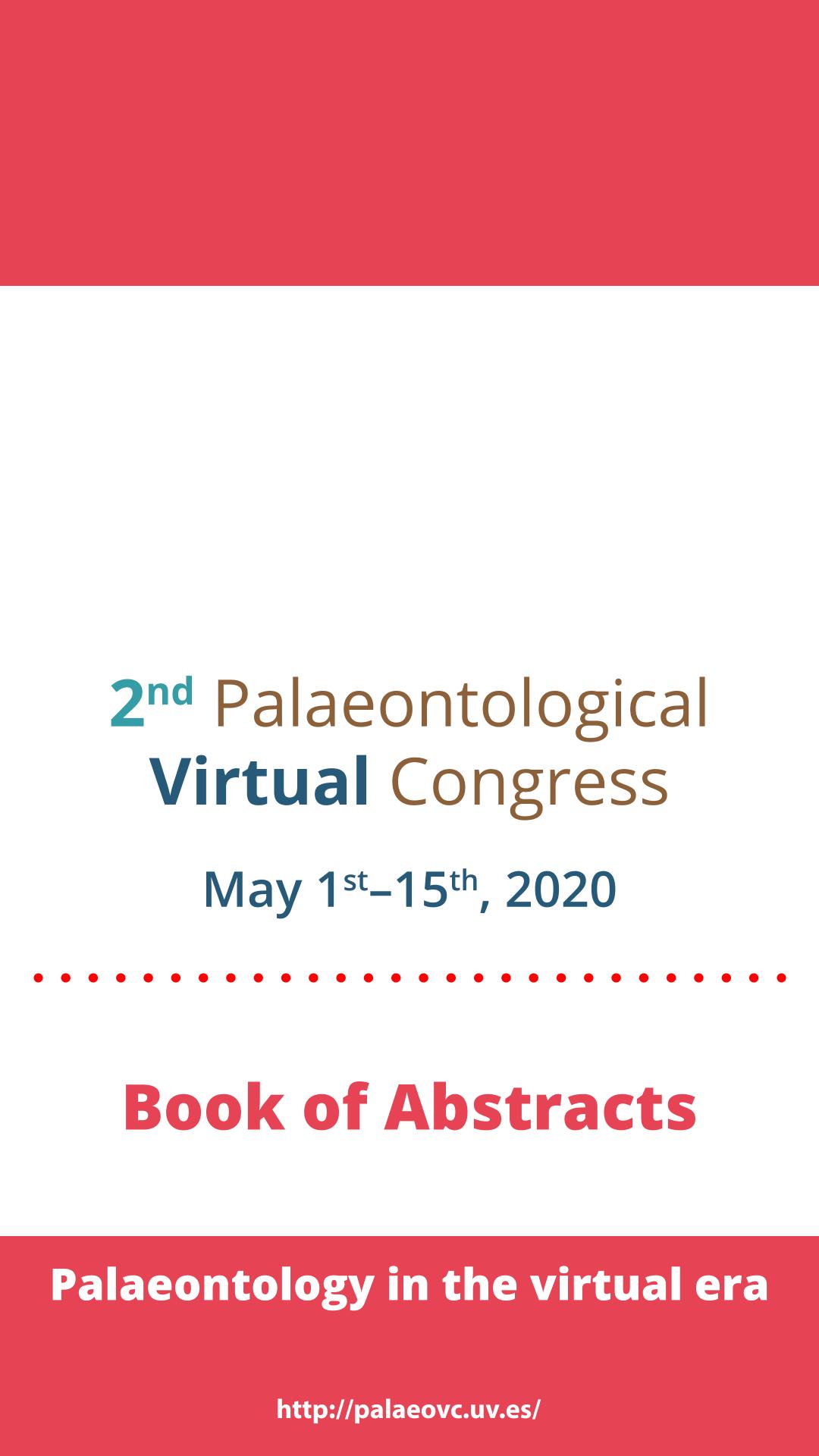Evento
New analysis of Vetelia gandhii (Xenarthra, Cingulata) gives a novel hypothesis: was this armadillo a carnivorous tolypeutine?
Barasoain Goñi, Daniel ; Gonzalez Ruiz, Laureano Raul
; Gonzalez Ruiz, Laureano Raul ; Tomassini, Rodrigo Leandro
; Tomassini, Rodrigo Leandro ; Zurita, Alfredo Eduardo
; Zurita, Alfredo Eduardo ; Contreras, Victor Hugo
; Contreras, Victor Hugo
 ; Gonzalez Ruiz, Laureano Raul
; Gonzalez Ruiz, Laureano Raul ; Tomassini, Rodrigo Leandro
; Tomassini, Rodrigo Leandro ; Zurita, Alfredo Eduardo
; Zurita, Alfredo Eduardo ; Contreras, Victor Hugo
; Contreras, Victor Hugo
Colaboradores:
Vlachos, Evangelos ; Manzanares, Esther; Crespo, Vicente D.; Martinez Perez, Carlos; Ferrón, Humberto G.; Herráiz, José Luis; Gamonal González Iglesias, Arturo; Arnal, Fernando Antonio M.; Gascó, Francesc; Citton, Paolo
; Manzanares, Esther; Crespo, Vicente D.; Martinez Perez, Carlos; Ferrón, Humberto G.; Herráiz, José Luis; Gamonal González Iglesias, Arturo; Arnal, Fernando Antonio M.; Gascó, Francesc; Citton, Paolo
 ; Manzanares, Esther; Crespo, Vicente D.; Martinez Perez, Carlos; Ferrón, Humberto G.; Herráiz, José Luis; Gamonal González Iglesias, Arturo; Arnal, Fernando Antonio M.; Gascó, Francesc; Citton, Paolo
; Manzanares, Esther; Crespo, Vicente D.; Martinez Perez, Carlos; Ferrón, Humberto G.; Herráiz, José Luis; Gamonal González Iglesias, Arturo; Arnal, Fernando Antonio M.; Gascó, Francesc; Citton, Paolo
Tipo del evento:
Congreso
Nombre del evento:
2nd Palaeontological Virtual Congress
Fecha del evento:
01/05/2020
Institución Organizadora:
Palaeontological Virtual Congress;
Título del Libro:
2nd Palaeontological Virtual Congress: Book of Abstracts. Palaeontology in the virtual era
Editorial:
Palaeontological Virtual Congress
ISBN:
978-84-09-20283-6
Idioma:
Inglés
Clasificación temática:
Resumen
Vetelia is a genus of armadillos traditionally included within the subfamily Euphractinae (Chlamyphoridae), restricted to the Miocene of Argentina. It includes the species V. puncta (early and middle Miocene, Santacrucian, Friasian s.s., and Colloncuran), V. perforata (middle and late Miocene; Mayoan, Chasicoan, and Huayquerian), and V. gandhii (late Miocene; Chasicoan, Huayquerian), mostly known by isolated osteoderms. In this contribution, we analyze and describe both cranial and postcranial remains assigned to V. gandhii (PVSJ-289; PVSJ-154) from the late Miocene of Loma de Las Tapias Formation (Chasicoan) of San Juan Province, Argentina. The morphology of the osteoderms of the dorsal carapace suggest a higher affinity with the extant representatives of Tolypeutinae, including Priodontes, Cabassous, and Tolypeutes, rather than those of Euphractinae, based on: i) similar ornamentation pattern of both fixed and mobile osteoderms; ii) mobile and fixed osteoderms with external rugose surface; and iii) fixed osteoderms becoming subcircular towards the carapace lateral margins. Though molecular analyses already place the tolypeutines at ~26 Ma, and the most ancient record is represented by the Oligocene Kuntinaru; remains of these armadillos are extremely scarce in the fossil record; a circumstance that could be enhanced by a historic misidentification of Tolypeutinae diagnostic characters. Additionally, we carry out for the first time an anatomical analysis on Vetelia cranio-mandibular features, which is characterized by a dorsoventrally expanded rostrum, very robust horizontal ramus, powerful anterior dentition, presence of premaxillary teeth, massive chisel-shaped molariforms, and absence of anterior dental diastema, suggesting a trend or specialization towards carnivory.
Palabras clave:
CINGULATA
,
TOLYPEUTINE
,
VETELIA
,
CENOZOIC
Archivos asociados
Licencia
Identificadores
Colecciones
Eventos(INGEOSUR)
Eventos de INST.GEOLOGICO DEL SUR
Eventos de INST.GEOLOGICO DEL SUR
Citación
New analysis of Vetelia gandhii (Xenarthra, Cingulata) gives a novel hypothesis: was this armadillo a carnivorous tolypeutine?; 2nd Palaeontological Virtual Congress; España; 2020; 153-153
Compartir



